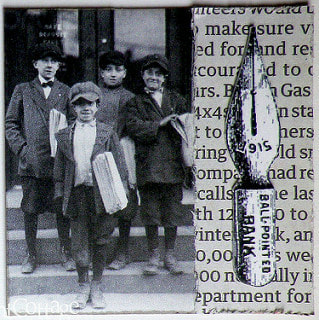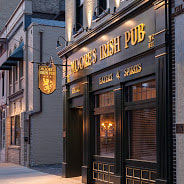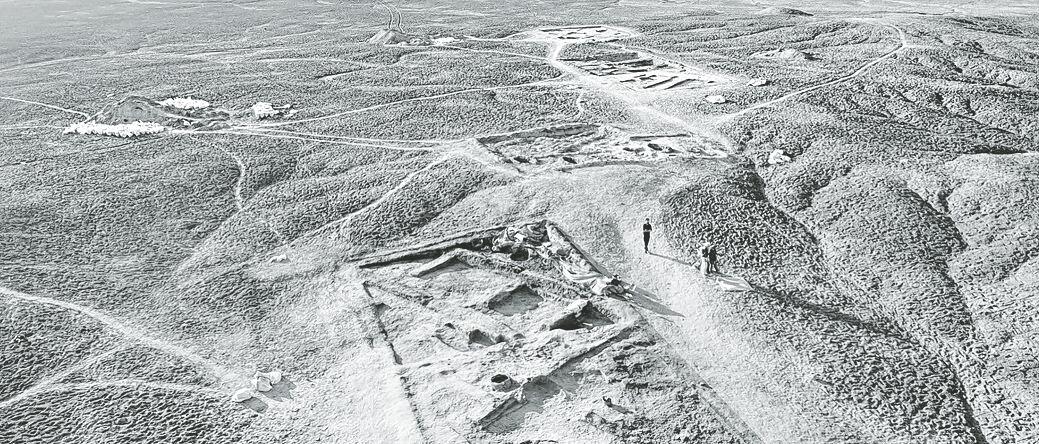Deposit insurance can buffer bank woes |
There are sound reasons to believe the economic damage will be better contained this time around (fingers crossed).
0 Comments
The Act prohibits federal agencies like the Transportation Security Administration (TSA) from accepting driver's licenses and ID cards for official purposes from states that do not meet minimum security standards. Federal enforcement of REAL ID begins on May 7, 2025.
Still here? Let me provide some quick background for what’s coming. I ran for President as an independent write-in candidate in 2016. This tells you three things. First, I’m neither a Red nor a Blue. Second, I thought neither Trump nor Clinton should be running the country. Third, I’m an unusual academic economist. _________________________________________________________________________Google the word treason. Here’s the first thing that comes up: The crime of betraying one's country, especially by attempting to kill the sovereign or overthrow the government.
This was likely the experience for patrons at what might be the world's oldest-known bar.
|
Archives
July 2024
|






 RSS Feed
RSS Feed